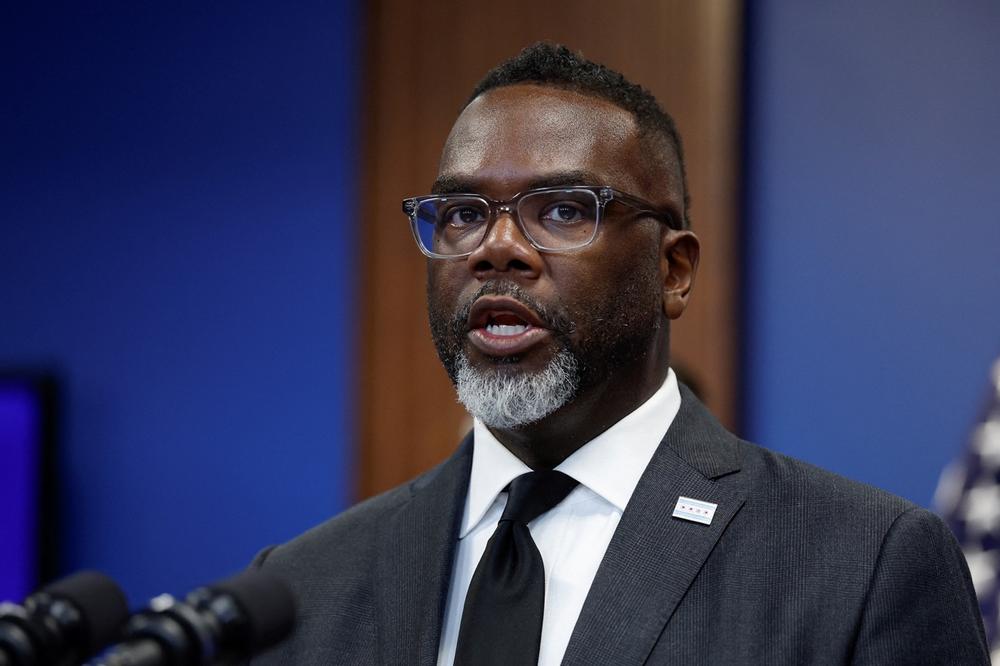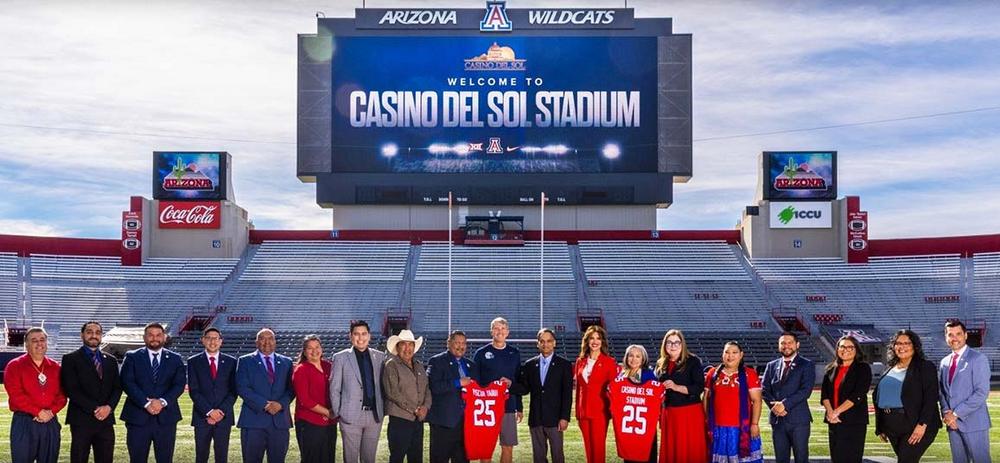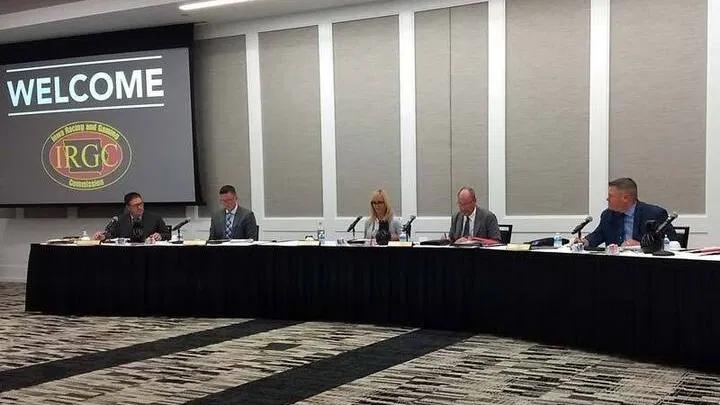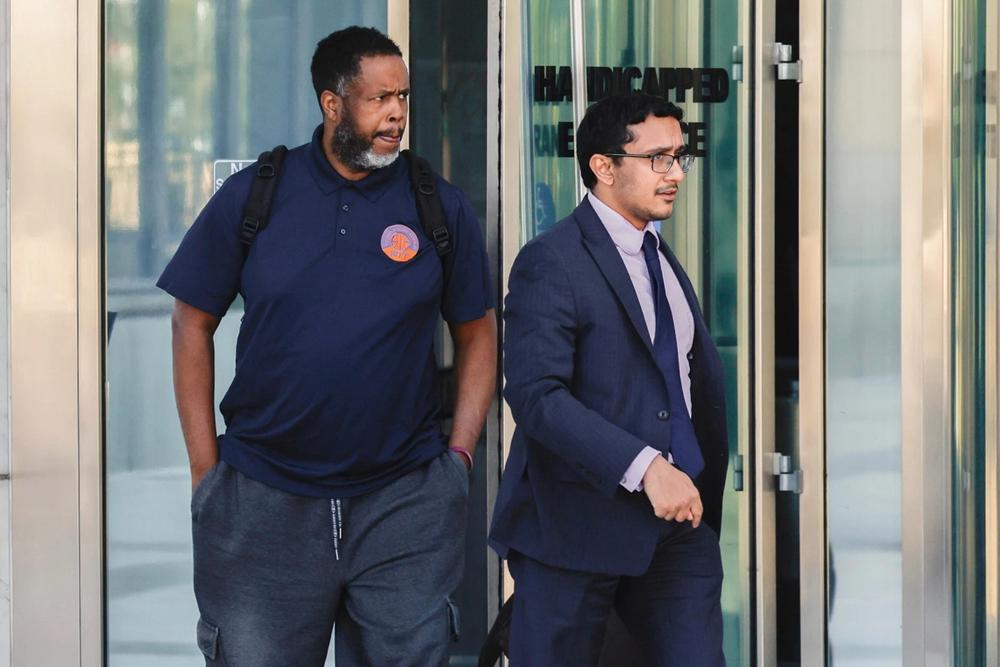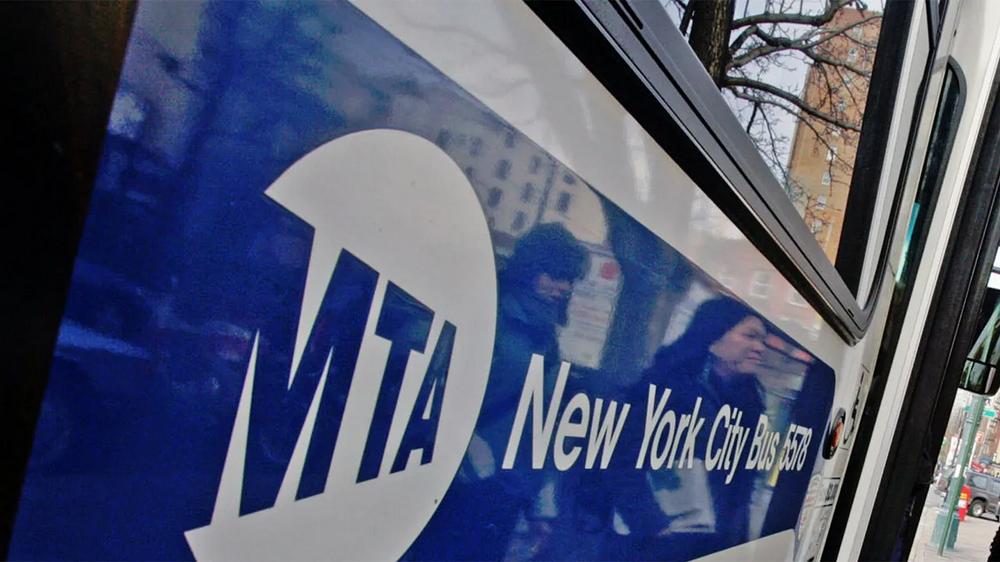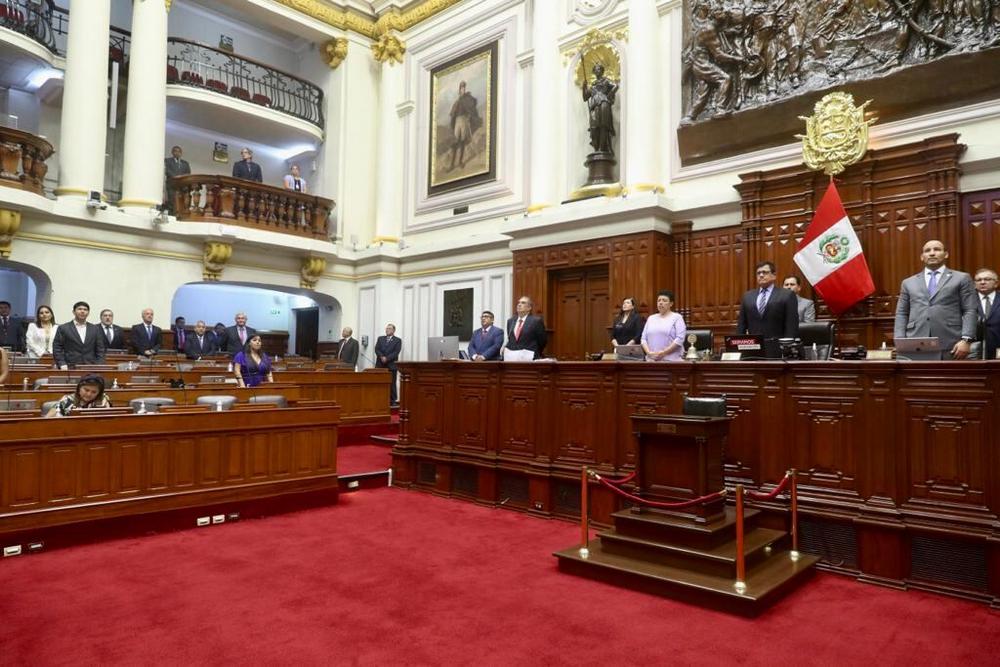In a verdict that shook the Mexican justice system this week, Baltasar “El Mataperros”, a high-ranking member of the feared Los Zetas cartel, was sentenced to 135 years in prison for orchestrating the deadly 2011 arson attack on Casino Royale in Monterrey.
Back in August 2011, a group of cartel gunmen stormed the popular casino, blocked all exits, poured gasoline, and set the building ablaze—killing 52 innocent people, most of them trapped inside. It became one of the worst mass killings in Mexico’s modern history.

Survivors recall hellish scenes as fire engulfed the building in minutes. Many victims suffocated from smoke while rescue services struggled to reach them in time. The motive? A reported refusal to pay “protection” money to the cartel.

“El Mataperros” wasn’t just another thug—he was the alleged mastermind behind the attack. After years on the run, his capture led to a historic conviction. He was hit with charges of organized crime, aggravated homicide, arson, and terrorism, alongside a fine of 1.26 million pesos.
Five more cartel members were also convicted, but Mataperros’ sentence sets a new bar—a message that Mexico is finally getting serious about cartel accountability.
For North Americans, this isn’t just a Mexican tragedy—it’s a wake-up call about how far cartel violence can go, and how long justice can take. The Casino Royale massacre changed public safety laws, casino regulations, and national security policies.
After nearly 14 years, a monster is finally caged.










